chronicles
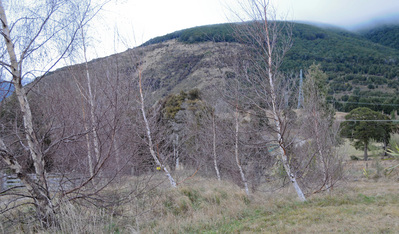 Listing slightly to port there, birches. Listing slightly to port there, birches. Muntanui, being situated at the top of a mountain pass, can get a bit breezy at times. Winter's the best season to see the evidence of this. Without all their leaves, it's noticeable how hammered our deciduous trees are by the prevailing westerlies. We also get smashed by freezing easterlies. And southerlies. The northerlies would probably have a go too, if all those hills weren't in the way. 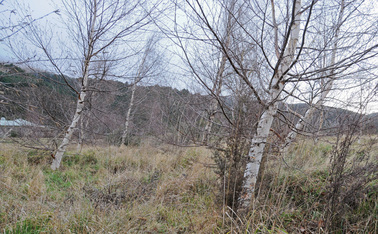 View from the other end of the diveway View from the other end of the diveway "Bracing!" we said to each other when we first saw the special note on our official house and land information report: "Wind Zone: VERY HIGH". "How interesting!" we exclaimed when locals fell over themselves to inform us that our property was known around these parts as "Pleurisy Point". Apparently, sheep drovers used to graze their animals here before taking them over the Rainbow Road through to Canterbury. The sheep died of exposure by the score. And finally, at the risk of labouring the point about the ferocity of our turbulent air, this winter we've had four,10 metre-high eucalyptus trees uprooted by gales. Eucalypts aren't deep-rooted trees, it's true, but the woodlot is situated on one of the more sheltered parts of the property. Botanical bullies have a hard time too Previous owners of Muntanui planted shelter belts around the house and orchard. Most of them struggled and continue to struggle because of ... yeah, you've guessed it ... the wind. Even Leyland Cypress, a thug of a tree if ever there was one, has a dismal growth rate in the more exposed areas. Apart from sculpting our trees into Pisa-like formations, wind causes problems here because of its chilling and drying effects. These stunt the growth rate of our pasture -- with shelter, the grass grows long, lush and green. Without it, grass growth is painfully slow. The obvious solution is to have more shelter belts so, back in April, we planted what we hope will be one of many. It was a huge step for us because it was the first, big alteration we've made to the landscape. Natives, please! There were plenty of good reasons to plant a shelter belt composed purely of natives:
Although I've been propagating native plants for a year now, none of them were big enough to survive in our most exposed paddock. We wanted something a decent size and preferably eco-sourced. Enter Bevan and Rachael from Hill Top Native Nursery in Wakefield -- lovely folks who supplied us with 10 varieties of stunningly healthy native plants which, at 70cm high, were big enough to stand a half-decent chance of surviving at Muntanui. The plan Given the seriousness of our wind situation, we'd asked Bevan to draw us up a planting plan for a shelter belt three rows deep. The toughest and fastest-growing plants -- flax and kanuka -- would face the prevailing westerlies. A couple more varieties would be added to those two to stare down the easterlies. The middle row would contain the climax species -- mountain beech, totara, kowhai, etc. With permanent fencing to protect the plantings from stock, rabbits and hares, we'd be losing 840m2 (less than quarter of an acre) from the paddock. It's a fair bit of land to take out of grazing but we know the increased pasture growth will balance it out. 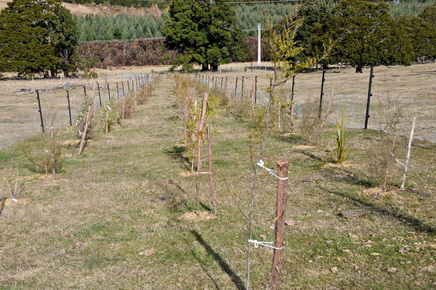 In the ground and staked In the ground and staked Marking, digging, planting We spent a day over Easter measuring and marking out the 200 planting holes. Then Farmer Wan hired a Bobcat with an auger and spent two days happily digging. Planting had to wait until a couple of weeks later, when we knew we were due for some rain. With help, we managed to get the lot done in half a day. Farmer Wan had plenty of opportunity to hone his fence-building skills after that. With the fence complete, he then had to rabbit-proof it. And lastly, he hewed over a hundred manuka stakes, using only his mighty hands. And a small chainsaw. So far, the trees have endured gales, snow, driving rain and last week's swarm of earthquakes. A few of the pittosporums are showing signs of leaf burn but it's nothing too serious. Soon, we'll have an additional 600 native trees and plants that we've propagated ourselves as part of a horticulture course we're both doing. So expect further posts about shelter belts over the next couple of years. And if you want to come and help us dig holes and plant out, all offers of assistance will be gratefully accepted! Posted by Farmer Nik Thanks, as always, to our generous helpers: Ciaran for measuring and marking out, Jan and Robbie for planting, and wee Nat for lots of hand-watering.
3 Comments
Muntanui and some of its residents have been experiencing a noticeable growth spurt over the last three months. Take young Flora McFauna, for instance: nine months old and looking like a proper wee heifer. Although they're not very apparent from the image above, her horns have started growing, too: Yours Truly also seems to be experiencing a growth spurt, if all those suddenly teeny-tiny clothes hanging uselessly in the wardrobe are anything to go by. This isn't anything to celebrate and will be dealt with over the next three months, once the weather warms up a little and I don't need quite so much chocolate.
There'll be more on the subject of growth spurts soon. Right now, though, it's snowing and the whole house is shaking with the force of the gales we're getting. I've lit the fire. Farmer Wan has moved the cattle. Time to hunker down with a good book -- that's what lazy, cosy, winter Sundays are for, right? Posted by Farmer Nik |
About Ewan and NikiFarmer WanScottish mechanical engineer with a deep and abiding passion for good food. Outstanding cook. Builder of lots of stuff. Cattle whisperer. Connoisseur of beer. A lover rather than a fighter. Farmer NikKiwi writer and broadcaster who hates cabbage, even though she knows it's good for her. Chook wrangler. Grower of food and flowers. Maker of fine preserves. Lover of dancing and wine. Definitely a fighter. Archives
November 2016
Categories
All
|
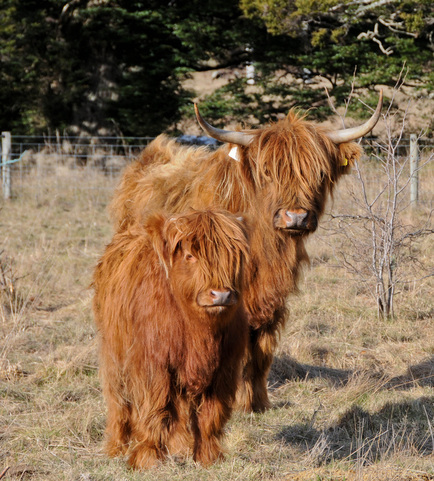
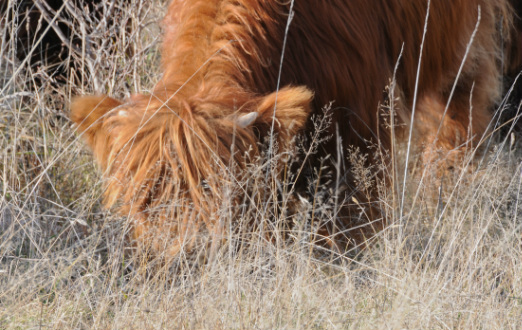


 RSS Feed
RSS Feed
